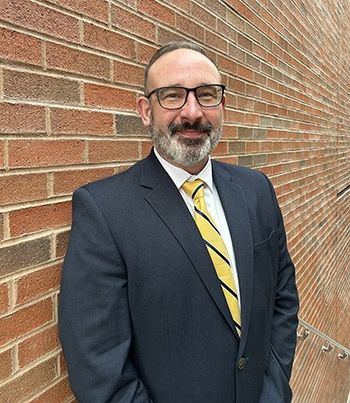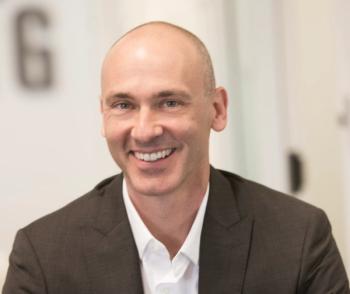
|Slideshows|April 15, 2019
Seven Tactics to Create a Lifetime Healthcare Consumer
Author(s)Stephanie Stephens
Many organizations have one-off customer experience initiatives instead of creating a cohesive journey that leads to a broader strategy. Here’s how to create a more cohesive plan.
Advertisement
Newsletter
Get the latest industry news, event updates, and more from Managed healthcare Executive.
Advertisement
Advertisement
Advertisement
Trending on Managed Healthcare Executive
1
What IRA drug prices will mean for PBMs, health plans and patients
2
Looking ahead: What the MHE 2025 State of the Industry survey tells us about 2026
3
Biosimilar competition could surpass IRA-negotiated savings by year three
4
Midlife influenza vaccine not associated with increased risk of Parkinson’s disease, study shows
5





















































